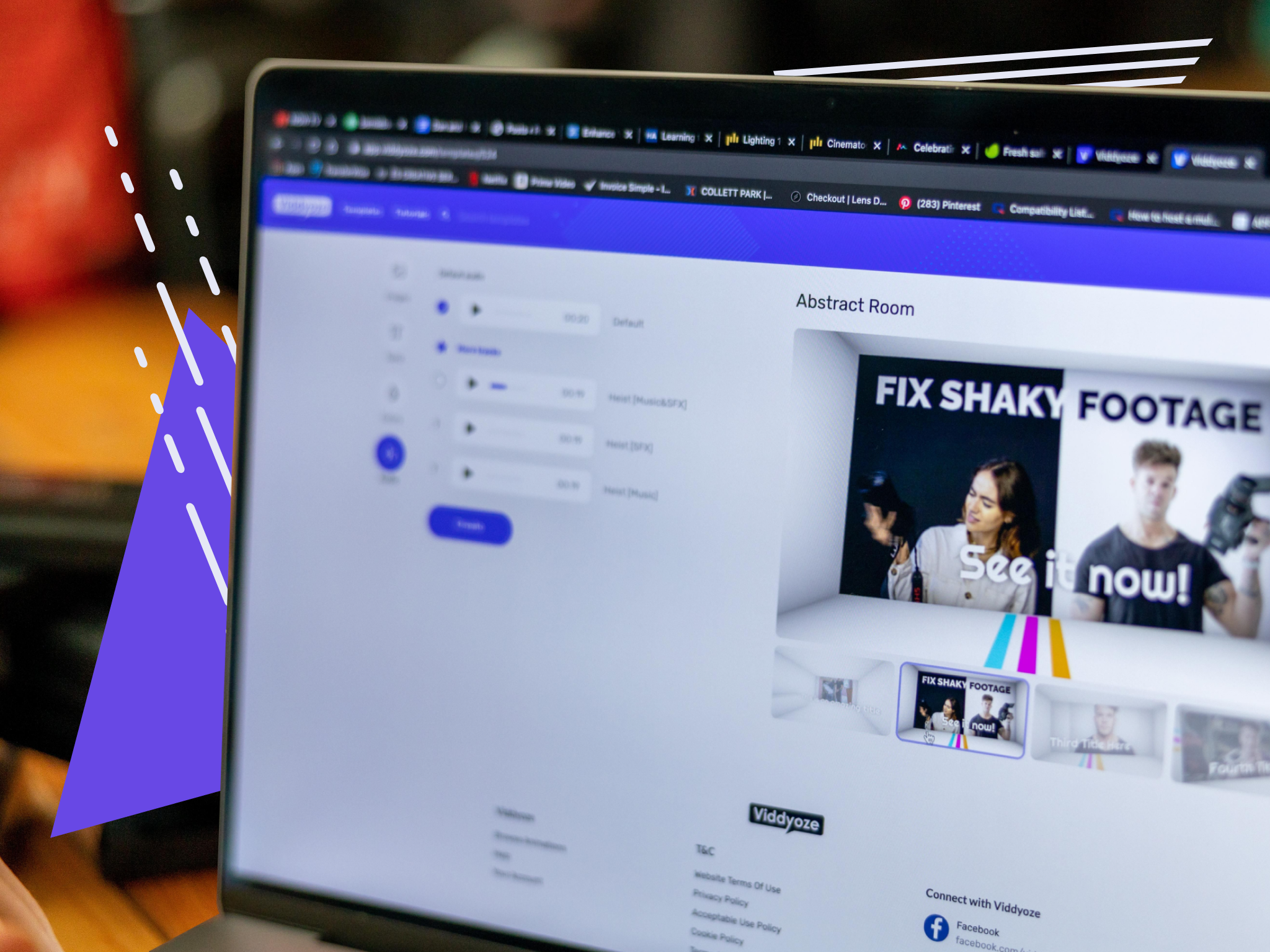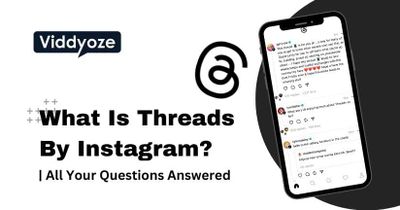Ever stored photos or documents on Dropbox? Signed up to a newsletter via MailChimp? Or liaised with work colleagues via Slack? Then you’re already way more familiar with SaaS than you might think.
SaaS stands for Software as a Service. It’s a disruptive type of technology that provides end-users with instant access to purpose-built applications – either for free or via a subscription or licensing model.
The critical thing is that SaaS solutions are all centrally hosted – i.e. they don’t require users to download complex software to their PCs, laptops or smartphones. It’s all in the cloud.
And, furthermore, this online business model comes with huge potential for providers too. Want to know how to get in on the action? Here’s your quickfire guide to SaaS.
SaaS: The Benefits
There are plenty of reasons why SaaS is a more attractive option than downloading and owning software – and why, for example, Slack alone boasts more than 10 million daily users less than a decade after it launched.
For starters, there is a clear cost-benefit. On average, more than a fifth (22%) of corporate IT budgets are spent on downloading and hosting software across the business – a big chunk of the IT budget that 55% of organizations said they were looking to scale back in 2020, according to research by Flexera.
With a SaaS solution, your users can have an application up and running in no time at all
By opting for a SaaS alternative, you – entrepreneurs, businesses – can benefit from all the ongoing upgrades and improvements to the software with zero maintenance costs. Meaning you can focus on other priorities.
Then there’s the hassle factor. With a SaaS solution, your users can have an application up and running in no time at all – without it requiring significant storage space on their devices. In this ‘age of access’, this kind of offering is highly appealing – and increasingly what people are looking for.
Slack is a great example of this shift. No one has to download anything to their devices. Setting it up is a walk in the park. And it’s simple to manage across the board. That’s a win for users and organizations – and it’s a win for Slack. Because its solution is very good – i.e. a compelling product – they’ve been able to build up a loyal customer base over the years. And because it’s subscription-based, that’s a healthy dose of recurring revenue, too.
SaaS: The Growth
As we noted earlier, more and more people prefer to access rather than own things. SaaS business models seamlessly tie into this shift in consumer behavior. And that, in turn, means a rapidly growing opportunity for providers, which has been accelerated even further by the ongoing pandemic.
With larger companies forced to operate remotely almost overnight, the need to pivot to SaaS-based offerings increased dramatically
As Lindsay Patterson, of industry publication SaaS Mag, observes, “with larger companies forced to operate remotely almost overnight, the need to pivot to SaaS-based offerings increased dramatically”.
A similar boom in demand for digital commerce and payments happened in tandem, she adds, with the value of Shopify stock, for instance – a SaaS commerce platform – surging nearly 200% since the start of 2020, as merchants flooded the service.
“This, of course, dramatically increased the opportunity for developers to create b2b SaaS products to service Shopify merchants, too,” she explains.
It’s one of the many reasons that have experts predicting the SaaS market will reach nearly $200 billion globally by 2024. And it’s also why there’s never been a better time to get involved.
Pro Tip: to learn more about B2B video marketing, check out our latest post.
SaaS: The Opportunity
Don’t be put off by the global SaaS specialists that dominate the headlines. The breadth of business models that could be delivered using a SaaS model makes it accessible to almost anyone.
You may be an entrepreneur looking to create a new source of revenue with a low-cost point of entry. You may be a company with a digital asset that could be converted into a licensable online application. Or you may simply be an organization looking to gain a foothold in the digital economy.
There is so much scope to tailor a SaaS business model to different demographics, industries and use cases
Whichever category you fall into, there is so much scope to tailor a SaaS business model to different demographics, industries and use cases. There are virtually endless possible routes you could take.
The great thing is that you don’t need lots of technical expertise to get started. If you have an idea of what you want to create, you could simply hire a technical expert to create the initial minimum viable product (MVP). Alternatively, you could opt for a white-label SaaS solution, a readymade option that allows you to get a business up and running with limited upfront investment or hassle.
With Viddyoze’s own White Label offering, for instance, you can take our video animation platform and simply personalize it with your own business branding. Think of it as a business in a box, one that has already been tested, refined and optimized for success.
Once you’ve got a SaaS business model up and running there are all sorts of ways to monetize it. Charging a monthly subscription or license fee isn’t the only option. You can also generate income via subscriptions, upgrades, set-up fees or straightforward advertising on a free service to boost revenues.
Takeaway
The options with SaaS really are endless – as are the opportunities. With the right idea and a bit of work upfront, you could be up and running and providing your online service to users faster than you can say, well, SaaS.
If you’ve found this guide to SaaS interesting, and interested in learning more about how Viddyoze can help you be a part of this lucrative industry, get in touch with our expert team today.



